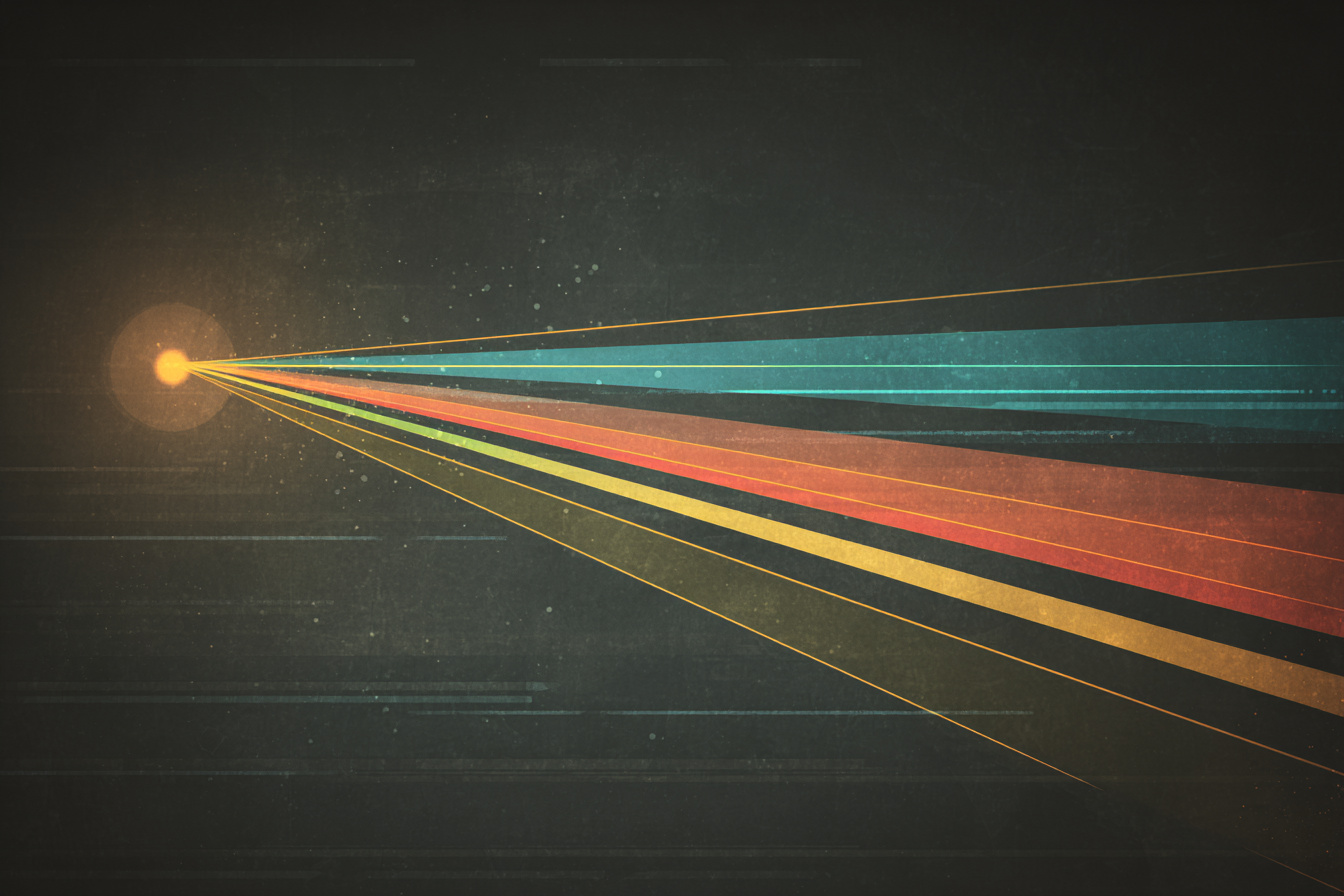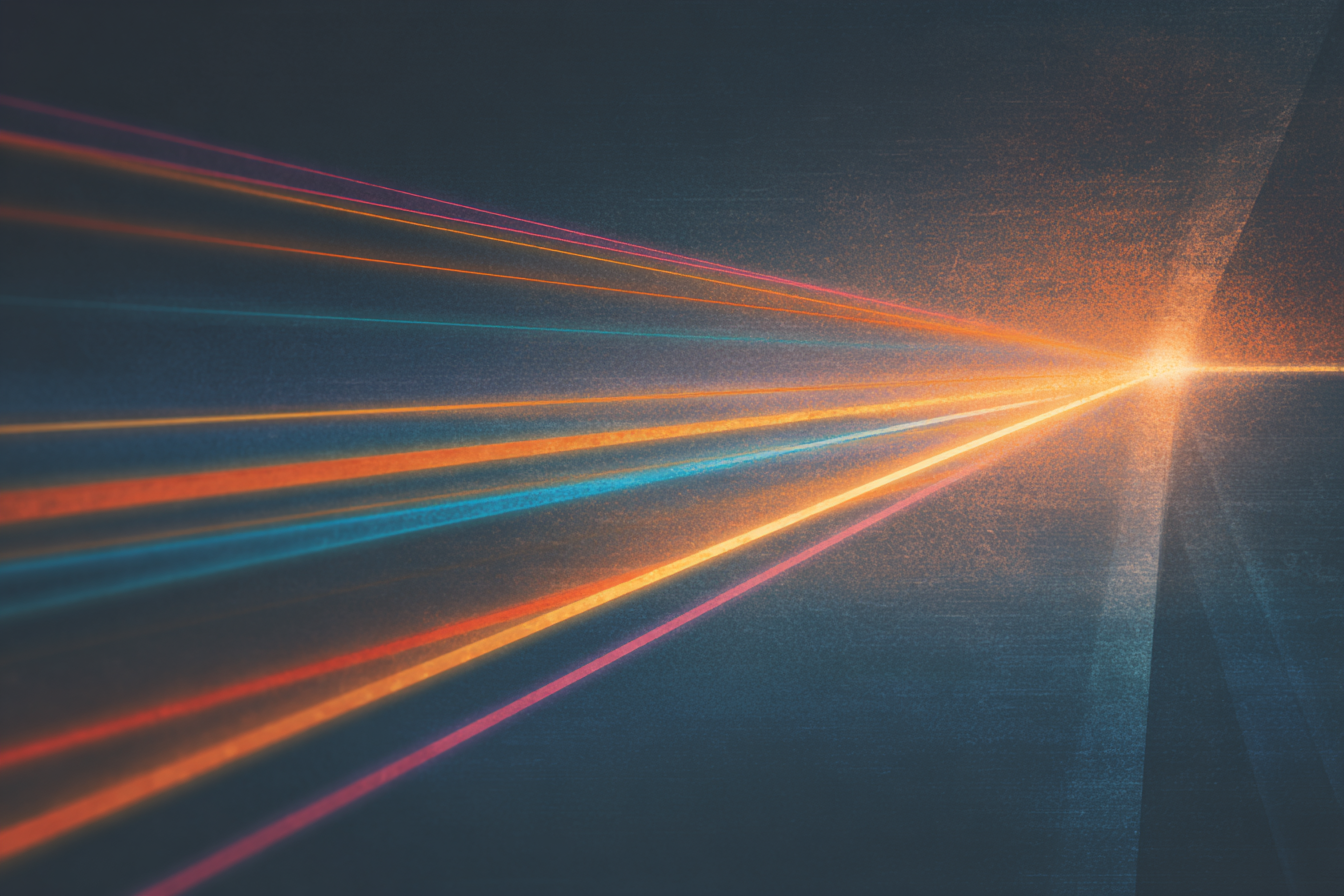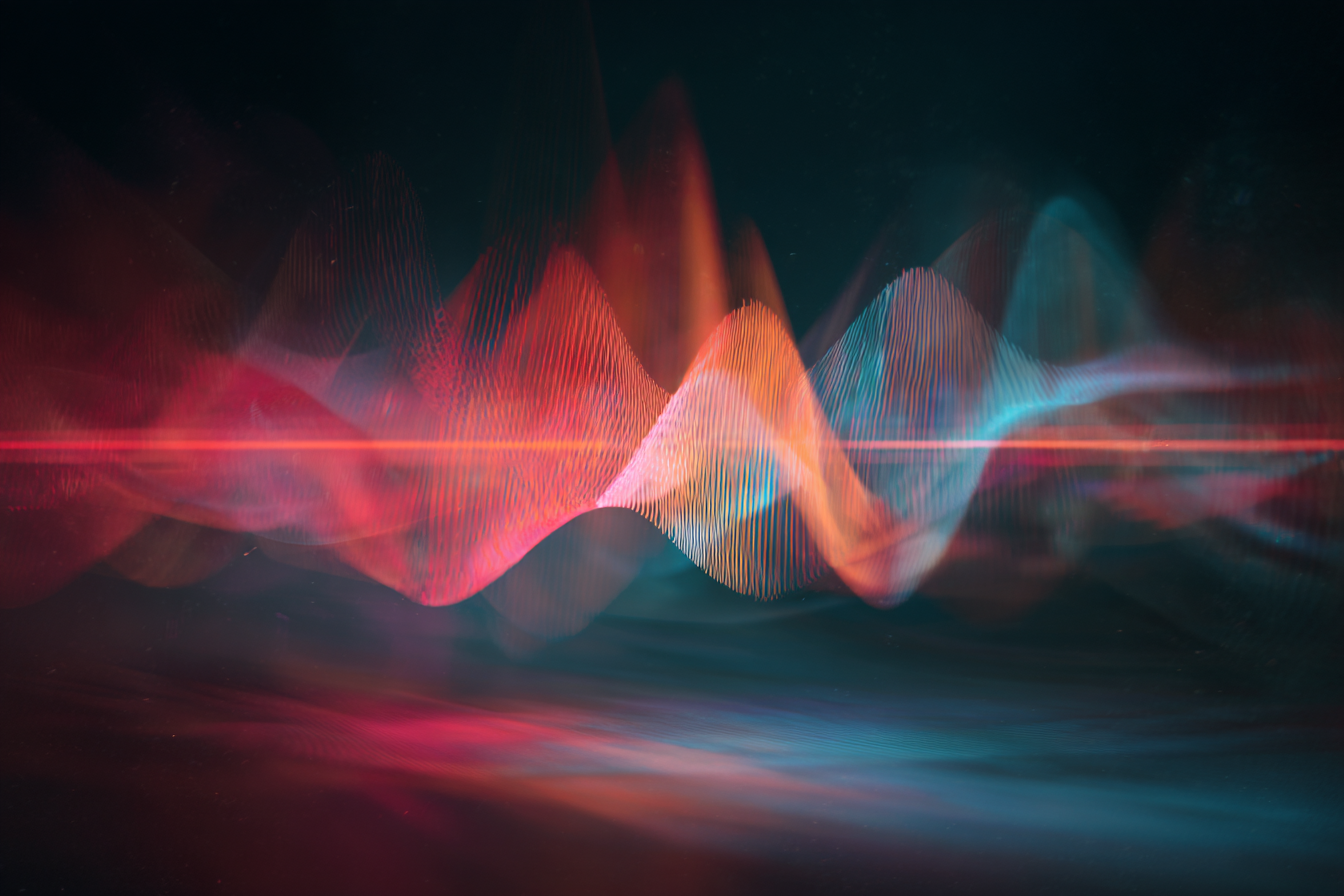Introduction to Thulium Fiber Lasers
Ultra-short pulsed femto- and picosecond lasers are in high demand today. Thulium-doped lasers, definitely, stand out because of their capability to generate emissions in a wide range. Thulium Fiber Laser has unique qualities which make it perfect for a lot of different applications, namely, medicine, spectroscopy, laser ranging and micromachining of transparent materials, in particular, semiconductors and laser for LIDAR. Presently, they are the most effective sources of a single-mode emission with the wavelength in 2 µ range.
Medical and Biological Applications
Thulium Fiber Laser water absorption properties are outstanding. The main constituent of any biological tissues is water, which is why strong water absorption quality of thulium laser allows significant heating of small areas. In other words, cutting biological tissues becomes extra precise. All of the above make Thulium Fiber Laser irreplaceable when it comes to performing surgical procedures.
Advantages for Free-Space and Sensing Applications
Thulium lasers compared to traditional optimal cost-efficient laser systems that operate at shorter wavelengths have undeniable advantages when using for free space applications. It gives them a high commercial value, especially as laser for LIDAR and gas sensing systems, optical communication applications and pumping lasers for the mid infra-red spectrum.
Host Materials and Laser Types
Thulium doped lasers are released either in fiber or crystal host materials. Depending on the host material the wavelength range spreads from 1840 nm to 2100 nm. Thulium fiber can either be a q-switched laser or continuous wave laser, and both develop significantly a high average power. On the other hand, thulium doped crystals have a broad emission spectrum, which allows a large wavelength tuning range. Thulium doped crystals are of really good quality with a few imperfections and defects. YAG and YFL crystals reveal the best quality nowadays; however, they are not the best choices because of their thermal conductivity and emission cross section. There is definitely a room for improvement, and further research has to be done to enhance their performance.
Despite the fact that there are so many different applications in a lot of industries only few laser technology providers can deliver this type of laser at the moment. Currently, Optromix is developing its own thulium laser and will release it shortly for commercial use (e.g. laser for LIDAR).




